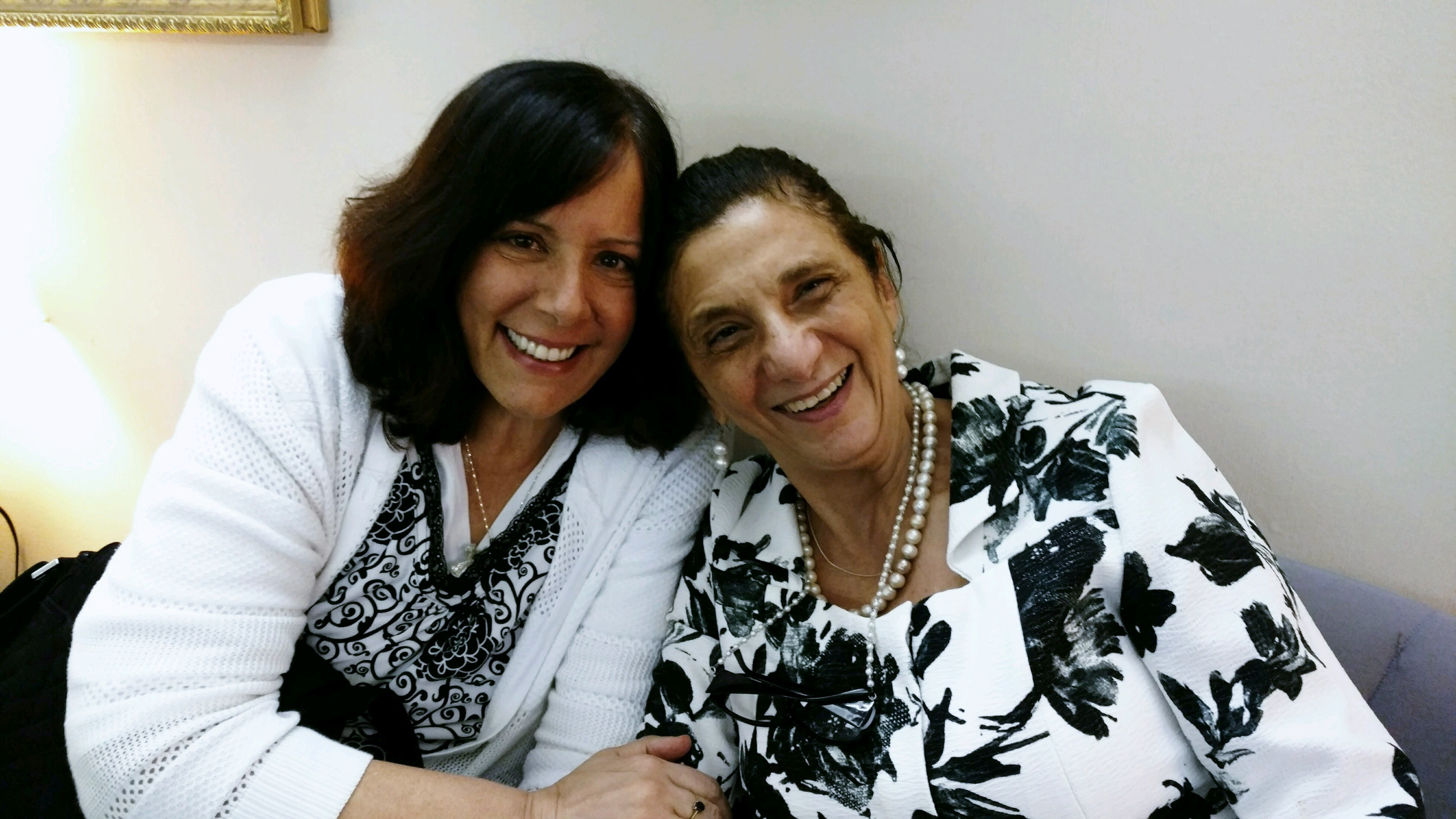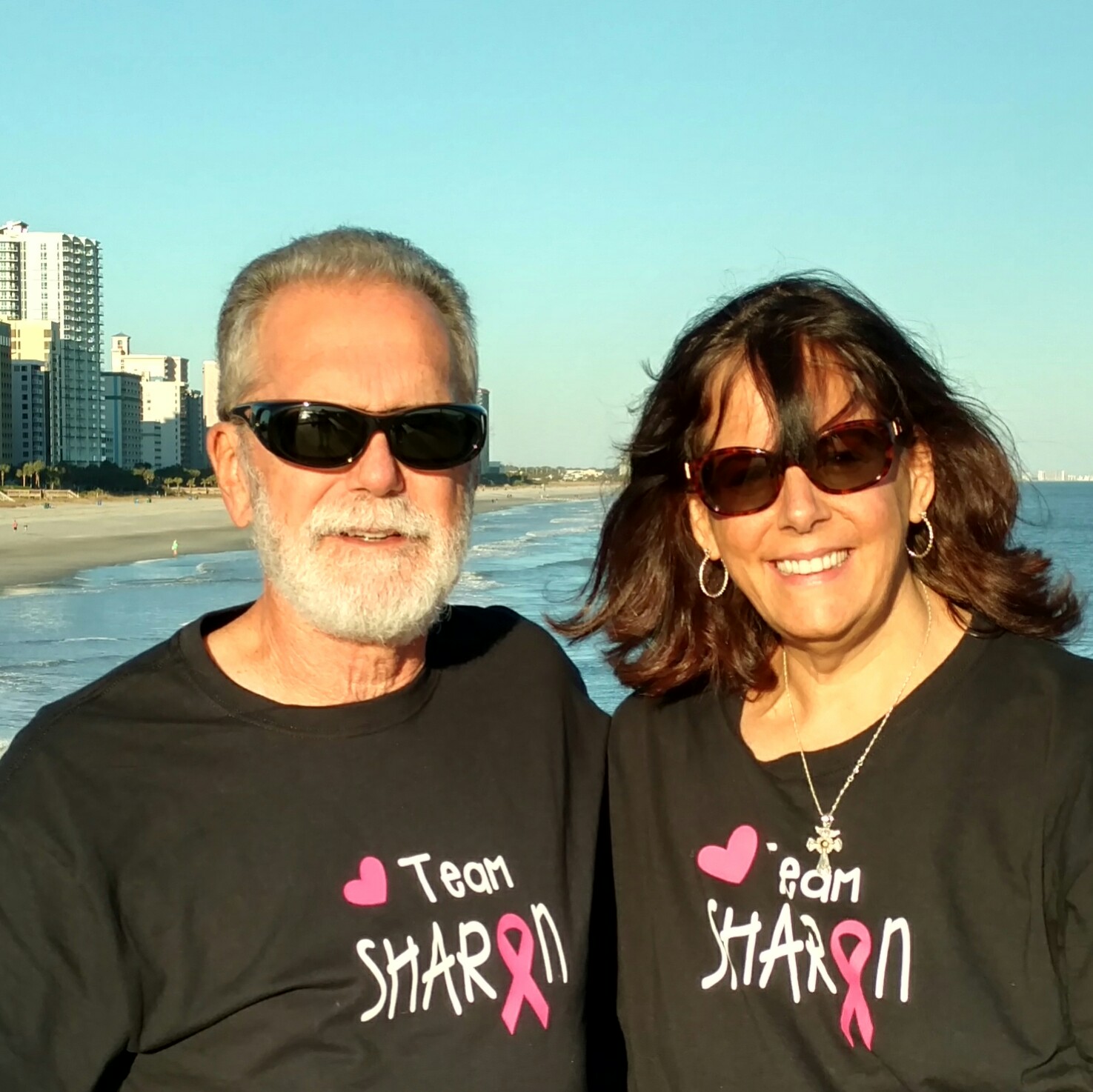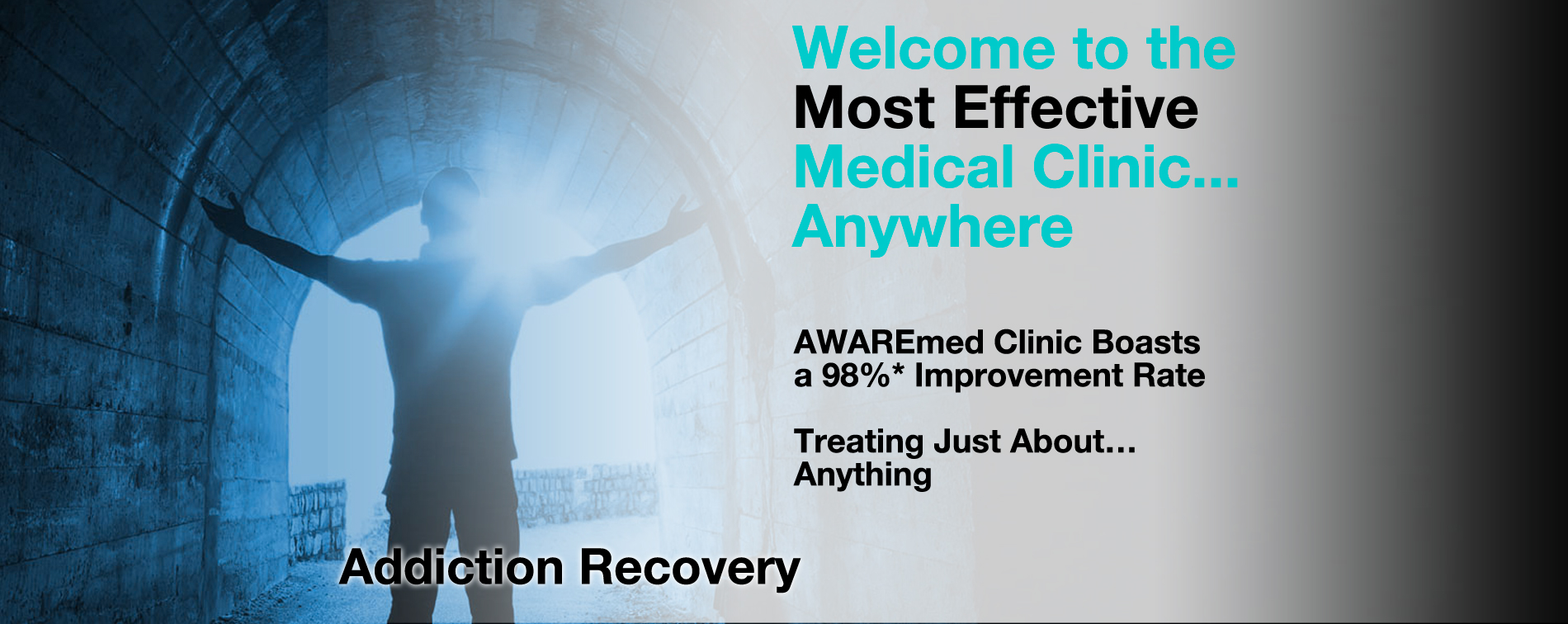NSCLC treatment solution
NSCLC treatment solution: Non-Small-Cell Lung Cancer

NSCLC treatment solution that delivers total healing is what you get with doctor Akoury
Upon diagnosis of NSCLC, your doctor will administer treatment majorly in two ways: The treatment that target the cancer itself primarily to help the patient feel as comfortable as possible. The treatment objective is to stay ahead of the symptoms and make you as comfortable as possible. A combination of treatments depending on what kind of cancer the patient is having and the location of the tumor. To understand the treatment procedures of this type of cancer, we spoke to doctor Dalal Akoury MD, President and founder of AWAREmed health and wellness resource center over this. Professionally doctor Akoury explains the following treatment options,
NSCLC treatment solution: Surgery
For patients who are in the early stages of this disease, the doctor will most likely recommend surgery to take out the cancer. The patient could have a part or all of the lung removed. Other types of surgery destroy cancer cells by freezing them or using a heated probe or needle.
NSCLC treatment solution: Radiation
This is used to kill remnants of cancer cells after surgery. It also treats certain cancers that the doctor can’t get rid of with surgery. The radiation comes either from a high-energy beam aimed at the cancer from outside of your body using a special machine, or from a radioactive substance put inside your body in or near the cancer.
NSCLC treatment solution: Chemotherapy
This can either be done through the use of pills or with a needle in a vein or muscle. It is important to note that, irrespective of method used, the drugs will still travel throughout the body to kill the cancer. The doctor can either put it in the patient’s spinal fluid, a specific organ, or a space inside your body to target cancer cells in that area. You could get chemo before surgery to make a tumor smaller, after surgery, or both, or even if you don’t have surgery.
These drugs and antibodies stop cancer cells from growing and spreading in very specific ways. Because of how they work, they usually harm normal cells less than radiation and chemo.
Laser and photodynamic therapy (PDT)
This technique uses a special laser light to “turn on” special drugs that cancer cells have been absorbed. This kills them and helps avoid damage to healthy tissue.
Clinical trials
Currently, there are a lot of studies being done with a view of finding out new treatment procedures for cancer. When diagnosed with any type of cancer, you could ask your doctor if a clinical trial would be a good for your condition. Always ensure that your doctor is aware of how you are feeling. If there are some pain or shortness of breath, communicate that immediately. There are treatments for that so you can feel better. This is a long treatment journey and if you have any concern you want to share, AWAREmed health center doors are always open for you.
NSCLC treatment solution: Non-Small-Cell Lung Cancer









